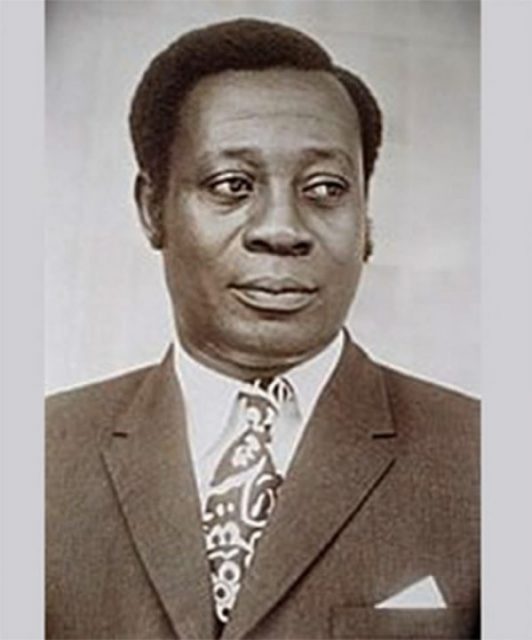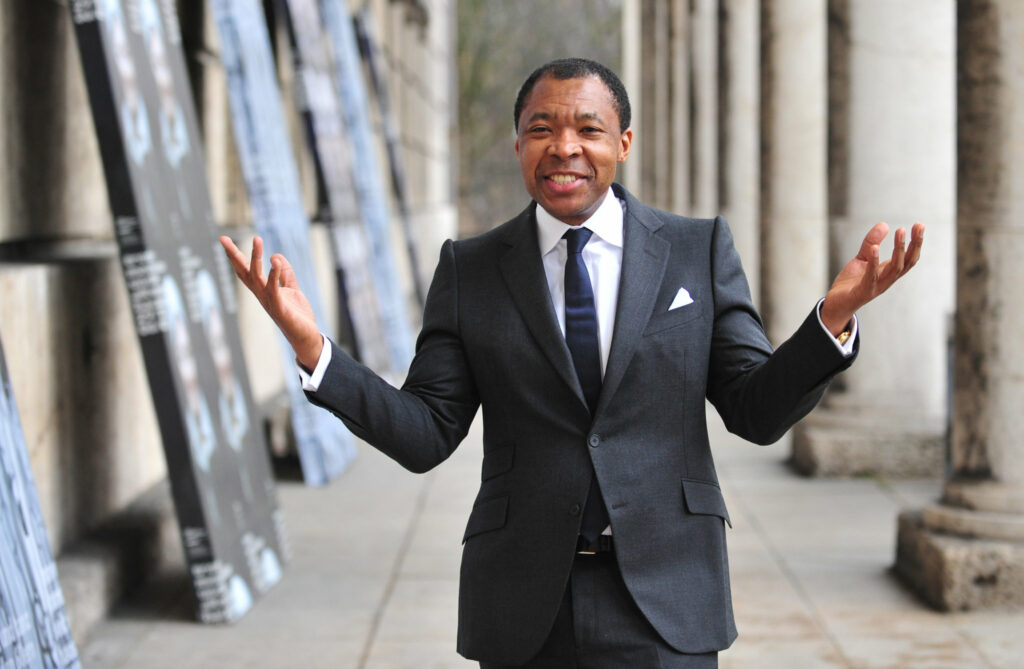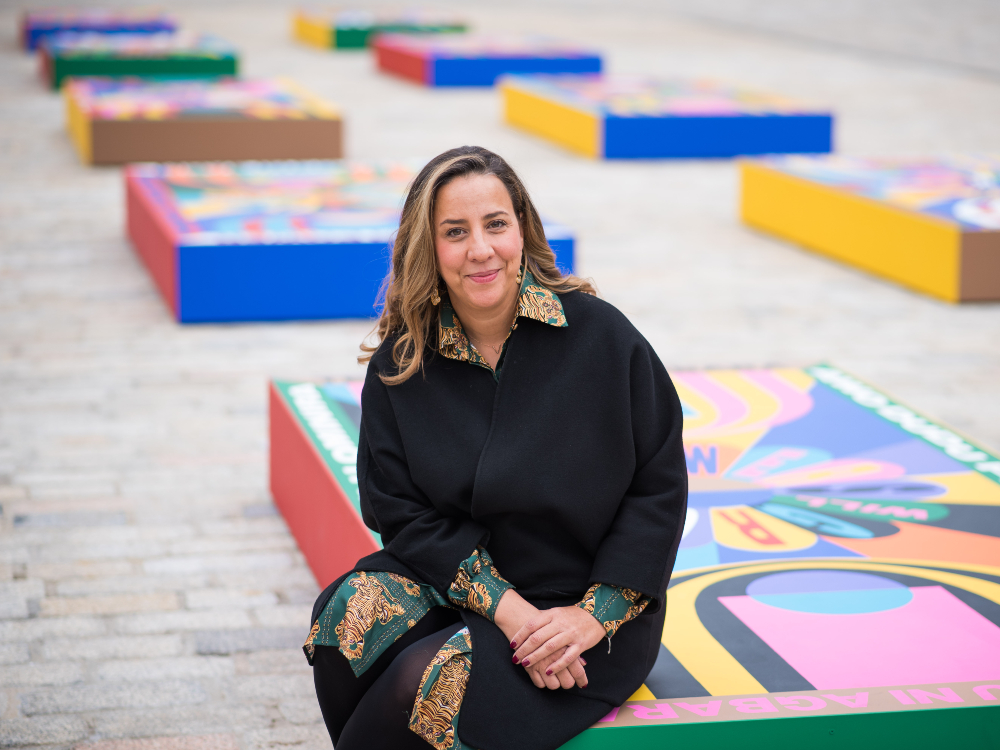Professor Arc. John Owusu Addo’s name resonates across Ghana and beyond as a stalwart of architectural excellence, blending tradition with modernity in a symphony of design innovation. With a career spanning decades, Owusu Addo’s journey from humble beginnings to architectural eminence is a testament to perseverance, passion, and an unwavering commitment to excellence. As we delve into the rich tapestry of his life and works, we uncover the myriad influences, groundbreaking projects, and lasting contributions that have earned him a revered place in the annals of Ghanaian architecture.
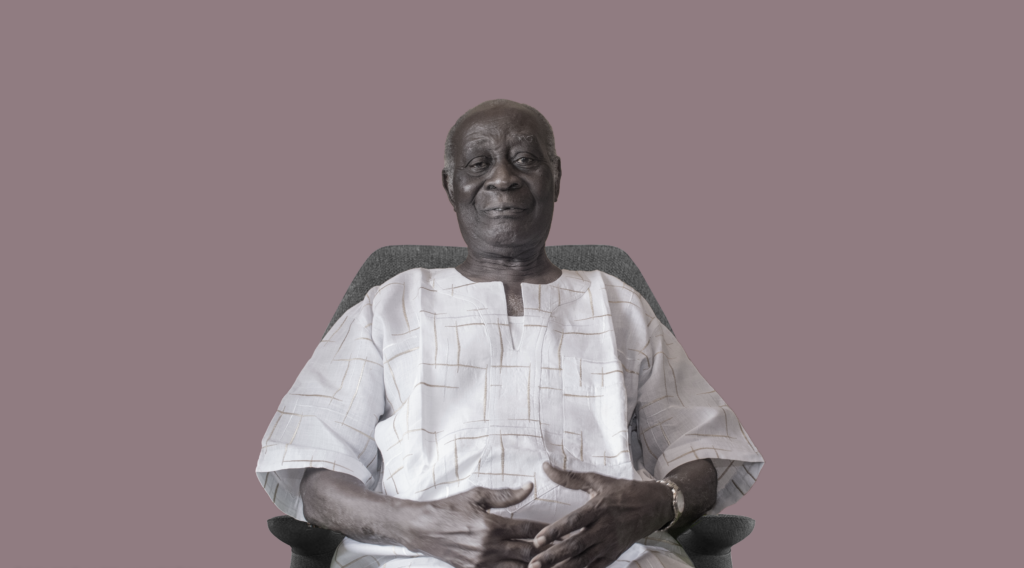
Early Years and Academic Pursuits
Professor Arc. John Owusu Addo’s journey from the tranquil village of Akwadum to the corridors of architectural excellence is a testament to the profound impact of his upbringing and academic pursuits. Born on May 30, 1928, into the esteemed royal Apempoa family, Owusu Addo’s childhood was imbued with the vibrant cultural tapestry of his Akan heritage. Akwadum, nestled near Koforidua in the Eastern Region of Ghana, provided the backdrop for his formative years, where he imbibed the essence of communal living and sustainable practices inherent in rural Akan architecture.
Growing up amidst the rustic charm of traditional compound houses, Owusu Addo developed an early appreciation for the intricate craftsmanship and sociological significance of his surroundings. The courtyard, a focal point of Akan dwelling structures, served as the hub for familial activities, fostering a sense of unity and interconnectedness within the community. As he observed the meticulous construction of mud walls and corrugated tin roofs, he absorbed the principles of sustainable living that would later inform his architectural ethos.
His educational odyssey commenced at the Kumasi Wesley College Teacher Training College, where he embarked on a journey of academic exploration and artistic expression. Enriched by the diverse curriculum and cultural exchanges, he honed his creative instincts and laid the groundwork for his future endeavors in architecture. Subsequent enrollment at the Achimota Specialist Training College in Accra expanded his horizons, exposing him to the works of pioneering British architects such as Maxwell Fry and Jane Drew, whose designs captivated his imagination and kindled his passion for architecture.
The pivotal juncture in Owusu Addo’s academic trajectory arrived with his sojourn to London, where he embarked on a transformative odyssey at the Regent Street Polytechnic, now the esteemed University of Westminster. Under the tutelage of mentor Kenneth Scott, he delved into the intricacies of architectural theory and practice, forging lifelong connections and acquiring the requisite skills to embark on his illustrious career. As he traversed the hallowed halls of architectural academia, Owusu Addo’s reverence for tradition intersected with a quest for innovation, laying the foundation for his distinctive architectural vision.

Architectural Contributions to Kwame Nkrumah University of Science and Technology (KNUST)
Upon his return to Ghana in 1959, John Owusu Addo embarked on a transformative journey that reshaped the architectural landscape of his homeland. Joining the faculty of the School of Architecture at the University of Science and Technology (UST), later renamed Kwame Nkrumah University of Science and Technology (KNUST), Owusu Addo’s visionary leadership turned the campus into a hub of architectural innovation.
Under his guidance, KNUST underwent a profound metamorphosis into a living laboratory for architectural experimentation. In 1961, although initially tasked to help establish the new school of architecture, Owusu Addo chose to collaborate with Yugoslavian architects Miro Marasovic and Nikso Ciko at the University Development Office. This decision marked the beginning of a fruitful partnership that would yield groundbreaking designs and architectural marvels.
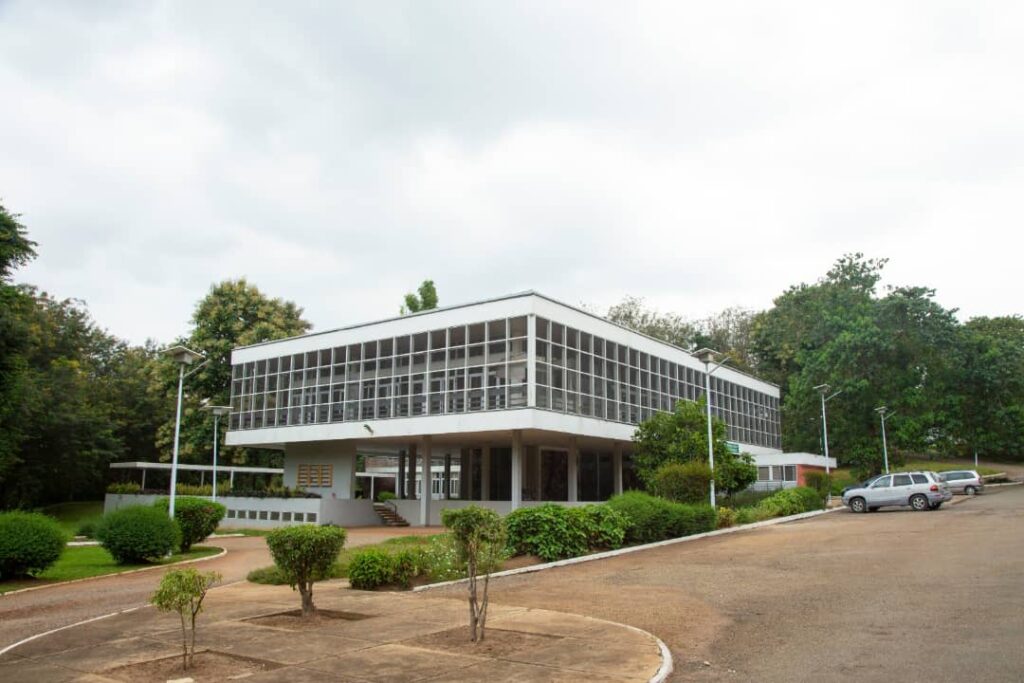
Working closely with Marasovic and Ciko, Owusu Addo co-designed two iconic structures that would define KNUST’s architectural legacy. Unity Hall, completed in 1963, stands as a towering symbol of modernist ingenuity, drawing inspiration from Le Corbusier’s Unité d’habitation. Comprising two nine-story blocks with 448 rooms, Unity Hall embodies the fusion of international design principles with local building traditions. Its innovative layout, featuring naturally ventilated corridors and communal spaces, set a new standard for residential architecture in Ghana.
The Senior Staff Club House, another collaborative masterpiece, emerged in 1964 as a serene retreat for KNUST’s lecturers. Situated amidst lush greenery, this architectural gem embodies modern tropical architecture, with its lightweight square design perched atop pilotis. The integration of reflective pools, outdoor sitting areas, and wraparound verandas accentuates the structure’s harmonious relationship with its natural surroundings, providing a tranquil oasis for intellectual and social exchange.
Beyond these landmark projects, Owusu Addo’s influence permeated every facet of KNUST’s architectural ethos. His commitment to bridging theory and practice saw the development of innovative housing prototypes like the University Type (UT) homes, which seamlessly blended modern aesthetics with sociocultural considerations. Furthermore, his dedication to nurturing the next generation of architects culminated in the establishment of the ‘3SA’ house type, a compact yet functional dwelling tailored to the needs of growing families.
Owusu Addo’s impact extended far beyond the confines of KNUST. As an associate professor and later chief architect at the development office, he became a revered figure within both academic and professional circles. His visionary leadership, coupled with a deep appreciation for Ghana’s architectural heritage, laid the foundation for a new era of sustainable and culturally conscious design in the country.
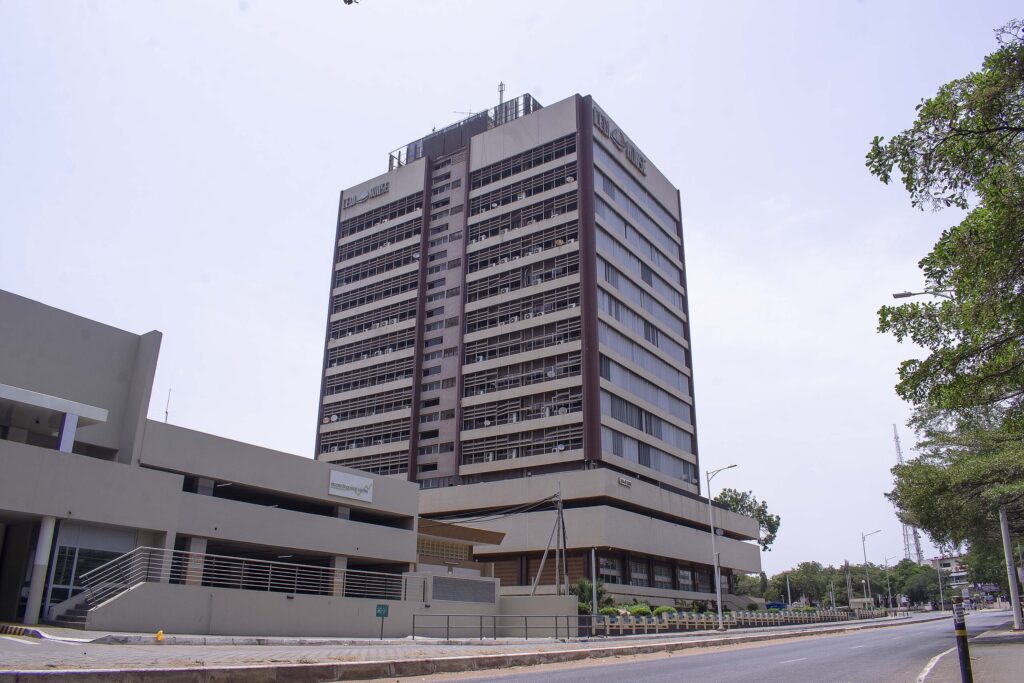
Iconic Designs and Architectural Innovations Beyond KNUST
In addition to his transformative work at Kwame Nkrumah University of Science and Technology (KNUST), John Owusu Addo left an enduring legacy through several groundbreaking projects across Ghana.
In 1960, Owusu Addo collaborated with Kenneth Scott in Accra on notable projects such as the police headquarters on Ring Road, a significant component of the Korle-Bu Teaching Hospital, and various residences, including Scott’s own modern architectural masterpiece.
One of his most renowned off-campus projects was the Asuoyeboah SSNIT flats in Kumasi. These three-story multi-family dwellings showcased his ingenuity in design, featuring interconnected units that maintained privacy while fostering community interaction through elevated yards and balconies.

In 1972, Owusu Addo made his mark on Accra’s skyline with the Cedi House project—a 13-story office block located centrally. Designed for the Agricultural Development Bank, it also housed the Ghana Stock Exchange and select departments of the Bank of Ghana. Cedi House represented a departure from traditional modernist architecture, incorporating post-modern elements and innovative features like Ghana’s first underground car park with two levels. Its facade, characterized by horizontal bands of glazing and motorized sun shading devices, symbolized the evolving relationship between technology and architectural design in response to climatic considerations.
Legacy and Recognition
Professor Arc. John Owusu Addo’s legacy transcends the mere structures he designed; it encompasses his profound influence as a mentor, educator, and advocate within the architectural community. His unwavering commitment to excellence, ethical conduct, and cultural preservation has left an indelible mark on the architectural landscape of Ghana and beyond.

A luminary in his field, Professor Arc. John Owusu Addo emerged during an era dominated by architectural giants like Maxwell Fry, Jane Drew, and Kenneth Scott. Amidst this backdrop, he played a pivotal role in championing Ghanaian architectural identity, co-founding the Ghana Institute of Architects in 1959 alongside other pioneering architects. This institute served as a beacon of indigenous architectural expression, challenging the predominantly Eurocentric narrative of the time.
As an educator, Professor Arc. John Owusu Addo’s influence reverberated far beyond the classroom. Serving as the Chairman of the Commonwealth of Architectural Education (CBAE) and the Board Chair of Education Research and Technology for the Africa Union of Architects, he spearheaded initiatives to elevate architectural pedagogy across the continent. His dedication to nurturing the next generation of architects earned him esteemed recognition, including the prestigious Order of the Volta award in 2005, a testament to his outstanding service to the Republic of Ghana.
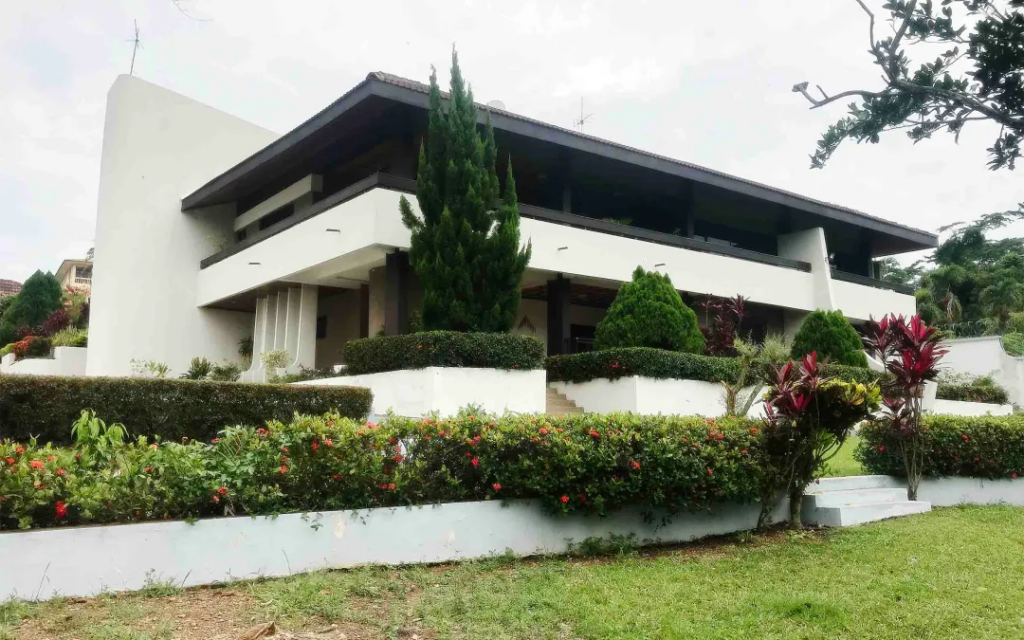
Moreover, Professor Arc. John Owusu Addo’s reverence for tradition and cultural heritage permeated every aspect of his work. His advocacy for the use of local materials and traditional building techniques underscored his deep-rooted commitment to sustainable, contextually sensitive design. Beyond academia, he served as a trusted advisor to traditional leaders, contributing his architectural expertise to the development of royal palaces and residences.
In his personal life, Professor Arc. John Owusu Addo’s dedication to tropical design principles is exemplified in the home he designed for his family in Ridge, Kumasi. Characterized by wide eaves, deep verandas, and cross ventilation, this residence stands as a testament to his ethos of harmonizing modernity with local sensibilities.
As we reflect on the extraordinary life and legacy of Professor Arc. John Owusu Addo, we recognize his enduring impact on the architectural profession and society at large. His visionary leadership, unwavering commitment to tradition, and dedication to excellence serve as a guiding light for future generations of architects and scholars, ensuring that his legacy continues to inspire and shape the built environment for years to come.
